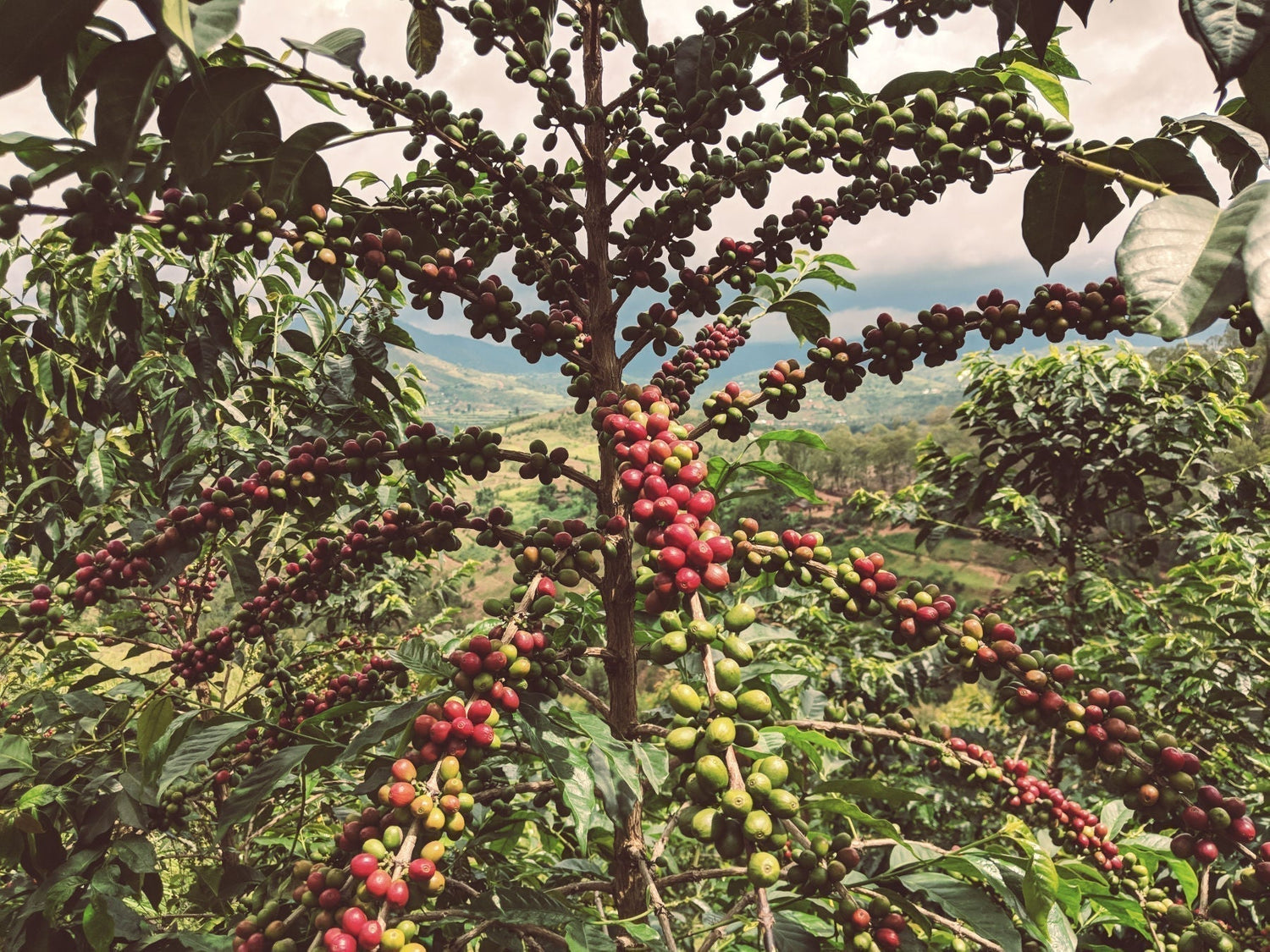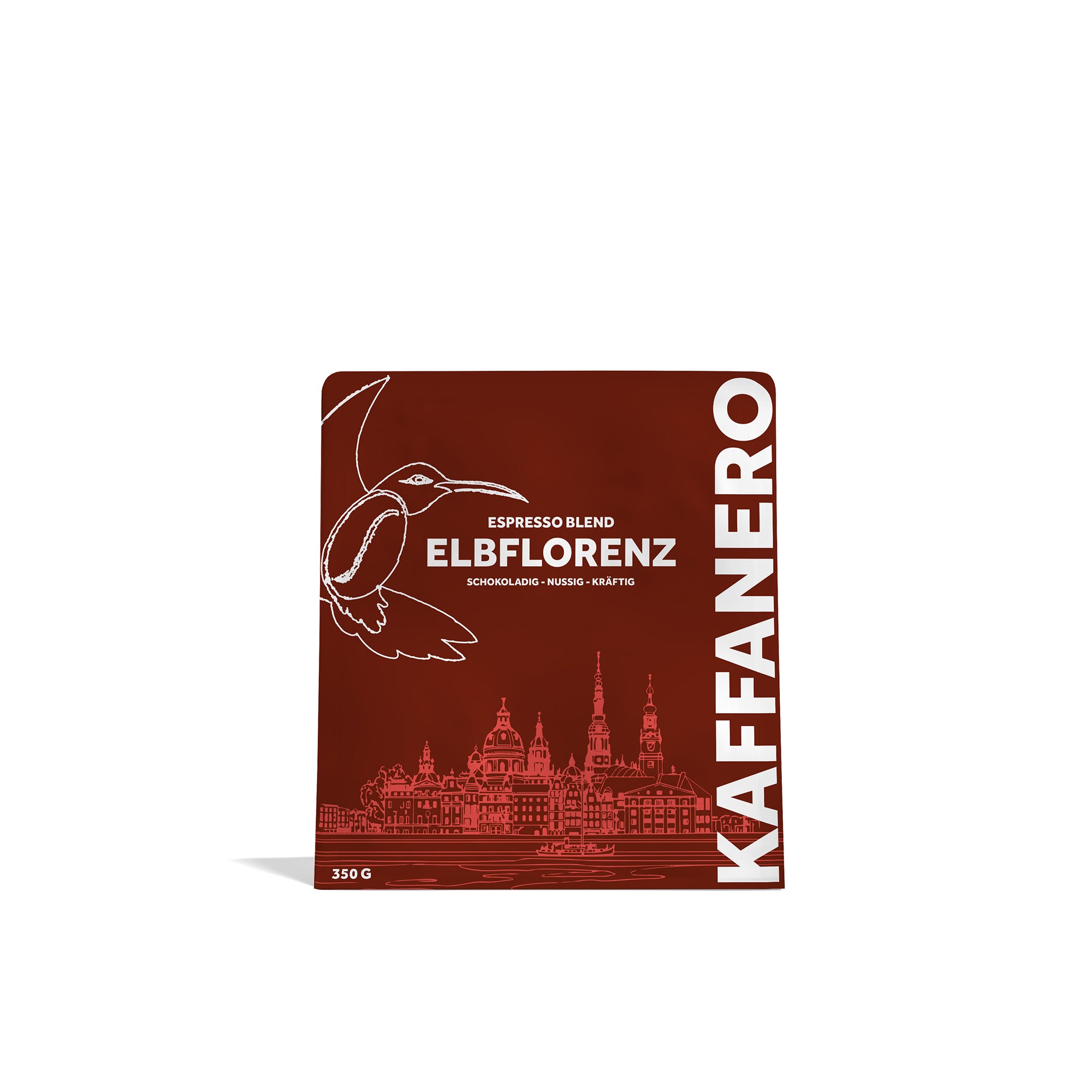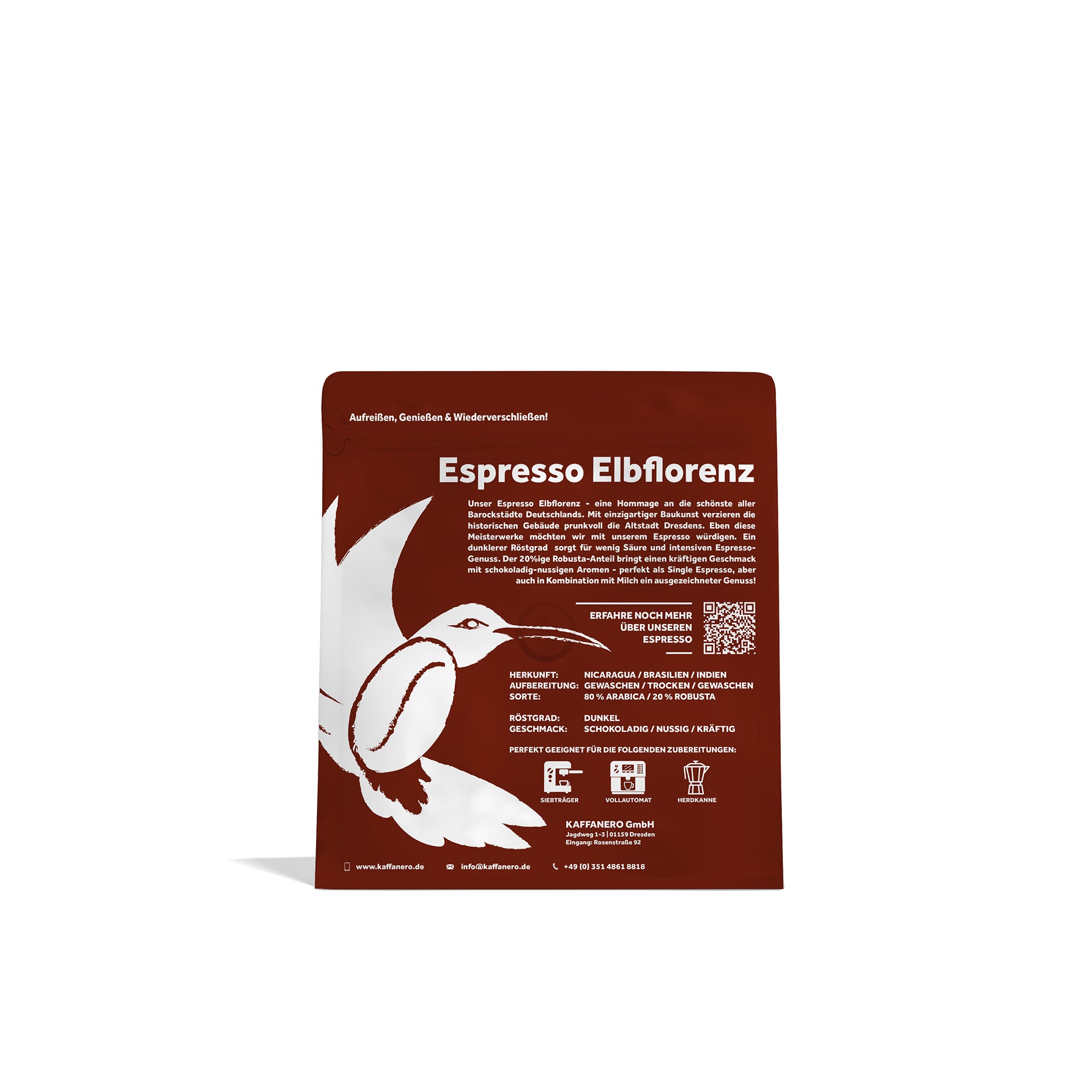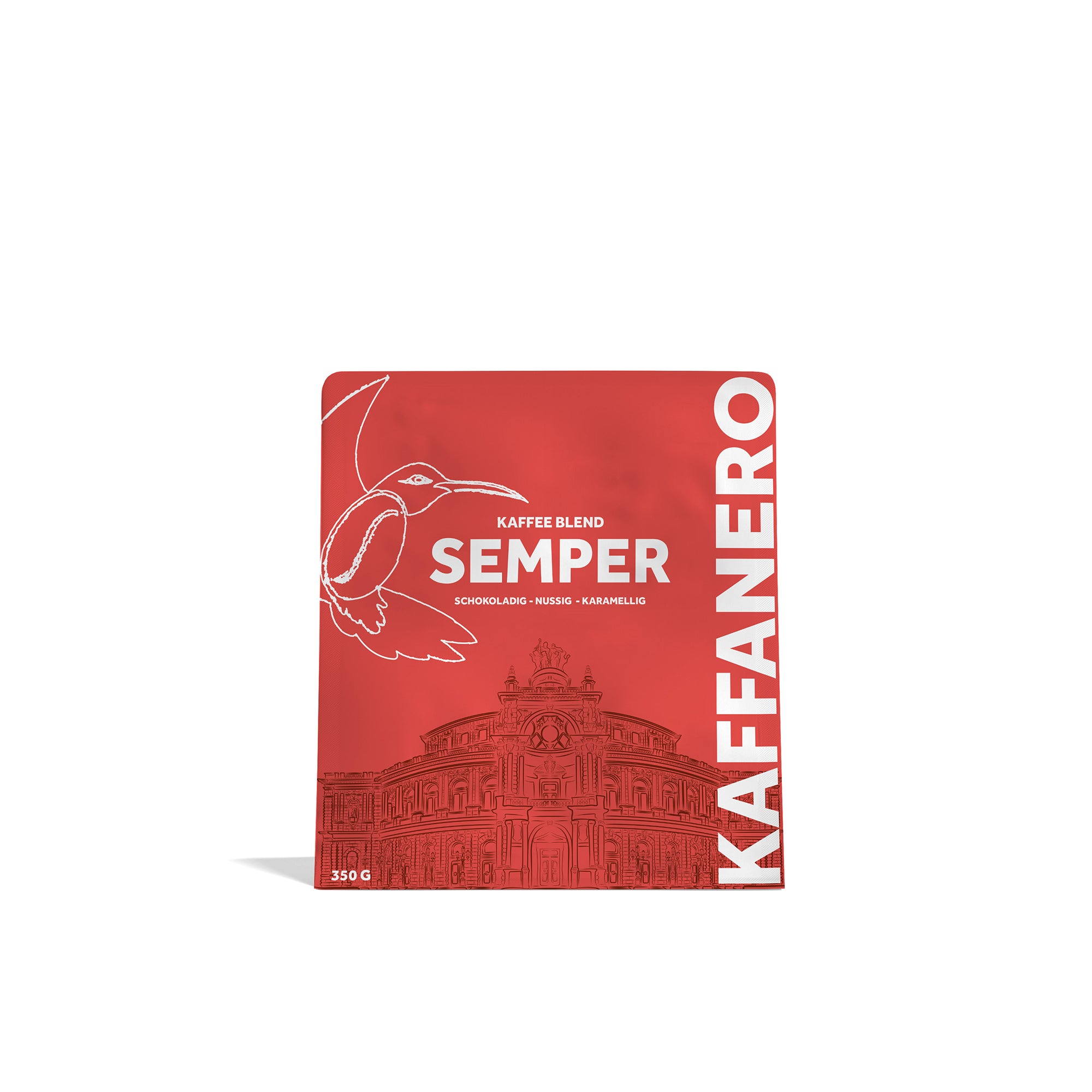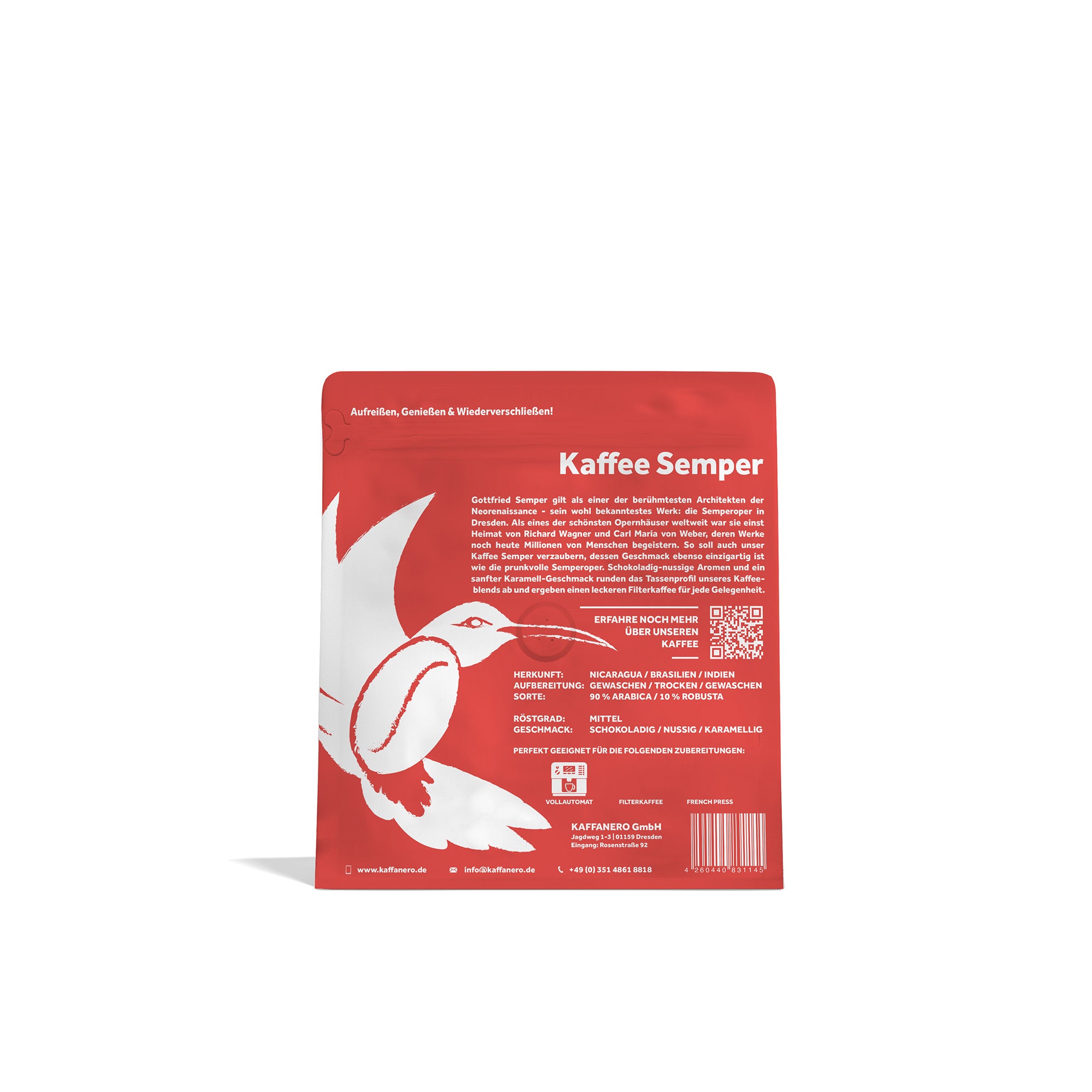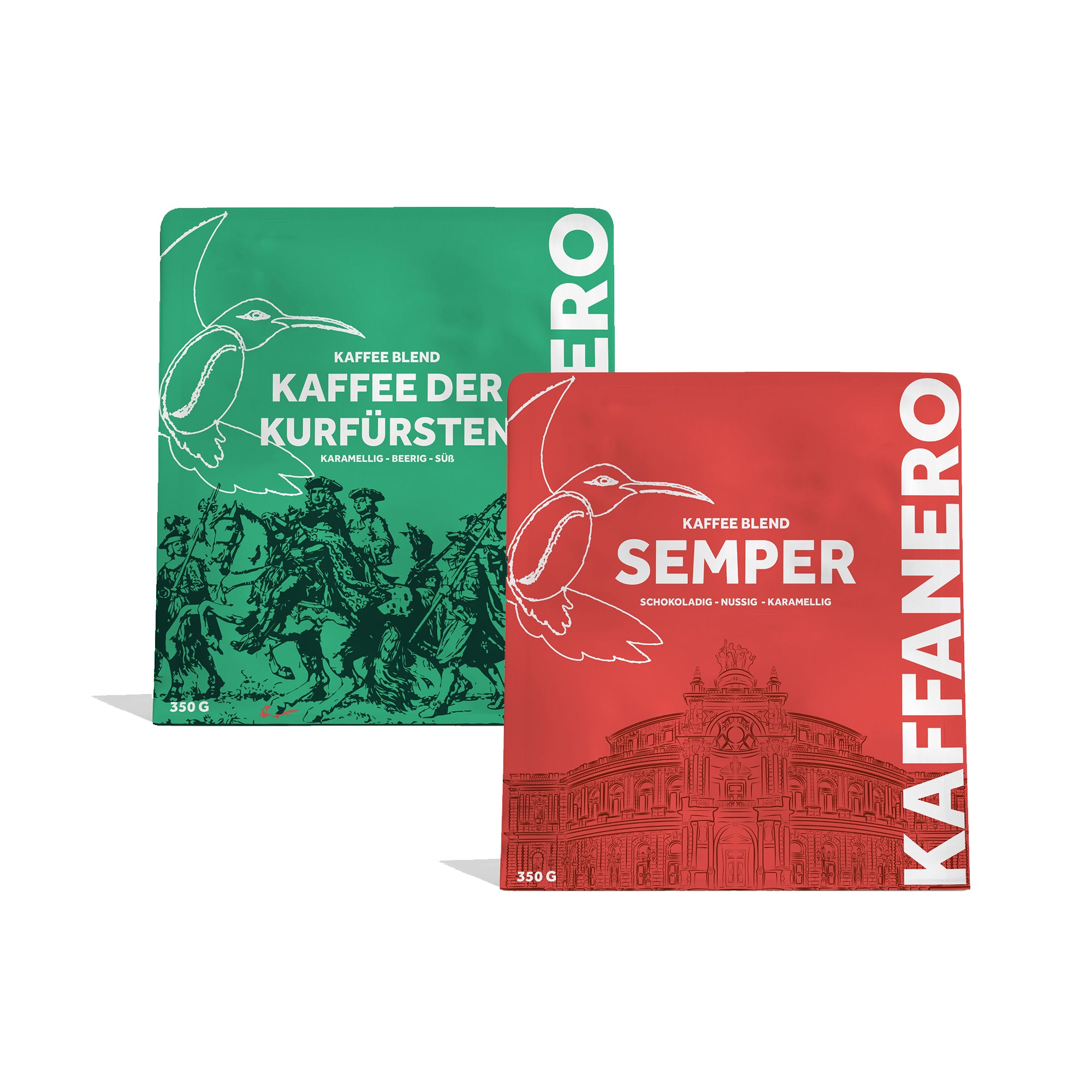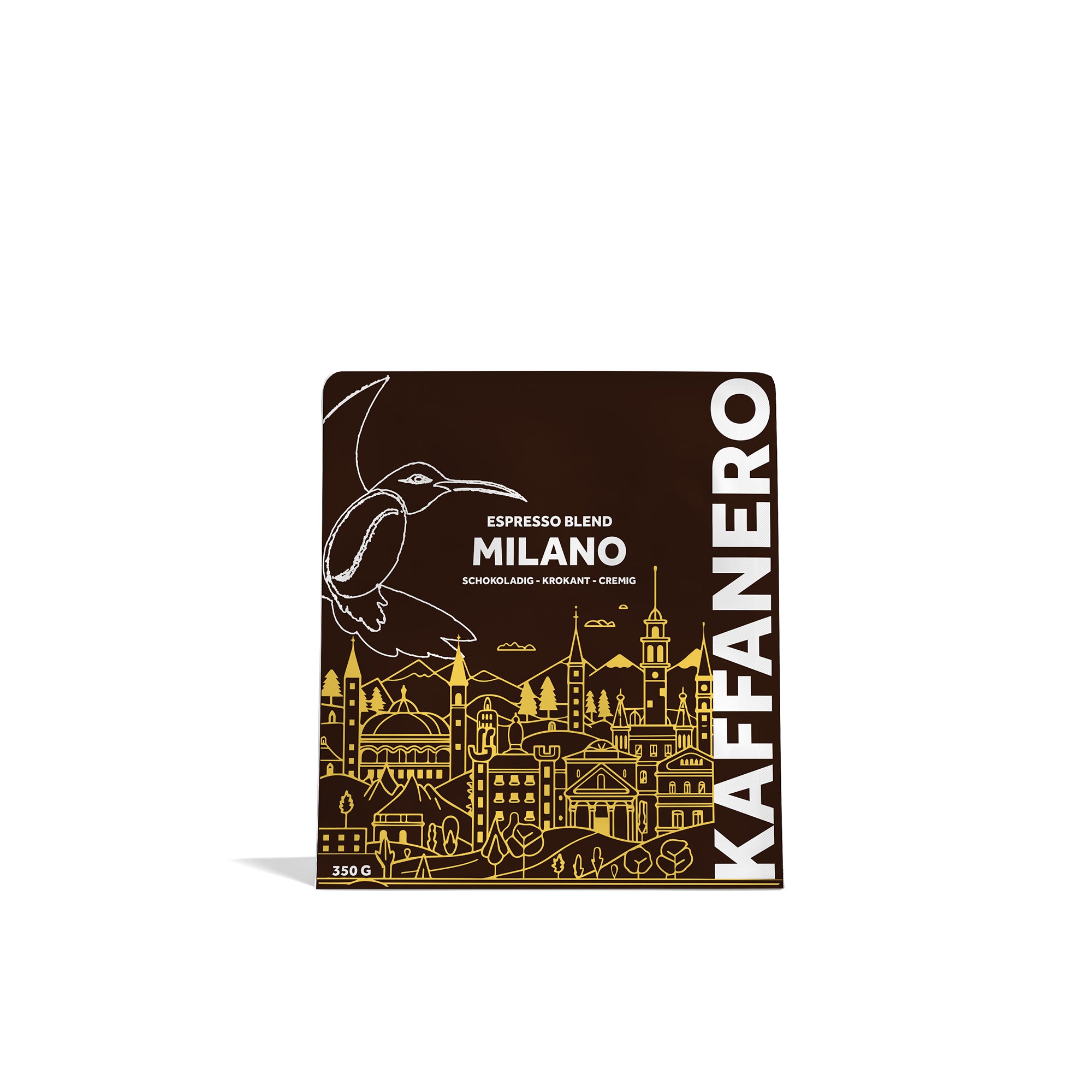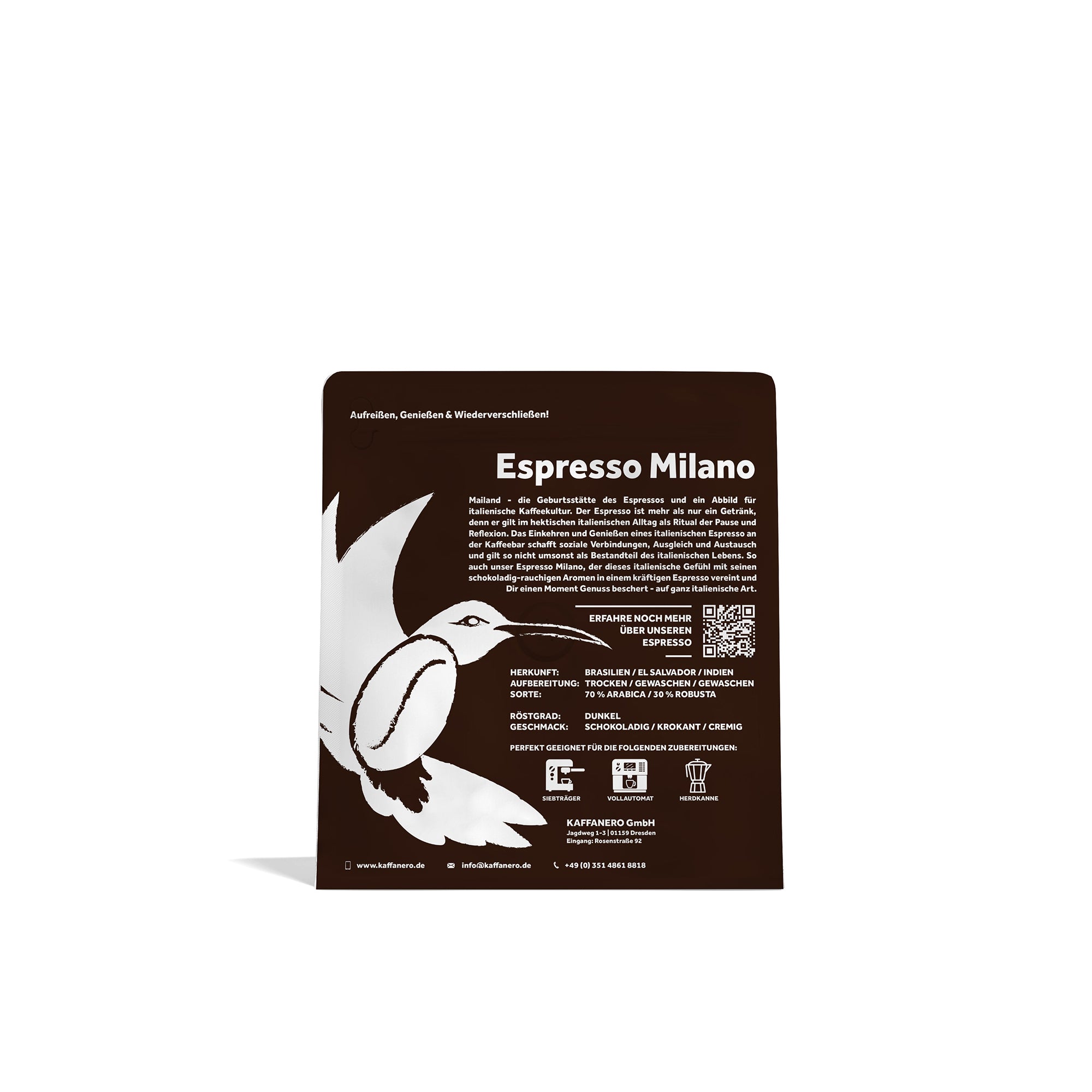Two beans, one cult drink
Not all coffee is created equal. Behind the world's most popular bean lie two main varieties: Arabica (Coffea arabica) and Robusta (Coffea canephora). Understanding the differences helps you make better decisions when purchasing, preparing, and enjoying your coffee.
In this article you will learn:
- Where Arabica and Robusta come from and how they are grown
- How taste, caffeine content and chemical composition differ
- What economic, ecological and culinary importance both varieties have
- How to make the right choice depending on your application
Origin & Growing Areas: Where do Arabica and Robusta grow?
Arabica – The Highland Plant
Arabica originates from the Ethiopian highlands and is now cultivated primarily in Latin America, East Africa, and parts of Asia. It thrives at altitudes between 800 and 2,200 meters and prefers cooler, stable climates.
Robusta – The Lowland Pioneer
Robusta originates from West and Central Africa. Today, it is cultivated primarily in Vietnam, Brazil, and Indonesia. The plant is significantly more resistant to heat and pests and grows at altitudes as low as 200 meters above sea level.
Plant properties: resilience meets demands
Arabica and Robusta differ significantly in their plant characteristics, which has a direct impact on cultivation, care, and profitability. Arabica plants are considered delicate and sensitive. They react sensitively to climatic fluctuations and require consistent conditions at higher altitudes. Furthermore, they produce lower yields per plant than Robusta, making their cultivation more complex and costly.
Robusta, on the other hand, lives up to its name: The plant is significantly more resistant to heat, pests, and diseases. Thanks to its robust nature, it produces higher yields with less maintenance. These characteristics make Robusta particularly economically attractive for growing countries, whereas Arabica is primarily cultivated in specialized highland regions under ideal conditions.

Taste: Arabica for gourmets, Robusta for strong people
The difference in taste between Arabica and Robusta is one of the key factors in choosing the right type of coffee – both for private connoisseurs and for professional roasters and baristas.
Arabica coffee is considered the finer and more complex variety. It is characterized by a balanced, often floral to fruity aroma, which, when roasted appropriately, can reveal nuances of berries, citrus fruits, chocolate, or nuts. The acidity is present but pleasant, lending the coffee freshness and elegance. At the same time, Arabica contains less bitterness and caffeine, which many consider it easier on the stomach and has a more subtle aftertaste. Due to these characteristics, Arabica is ideal for filter coffee, pour-over methods, or as a single-origin specialty. It is a clear favorite in the specialty coffee scene because it expresses the bean's full aromatic spectrum.
Robusta coffee, on the other hand, impresses with its striking intensity and robust body. The aroma profile ranges from earthy and nutty to woody and sometimes slightly smoky notes. Another characteristic is the significantly higher proportion of bitter compounds and caffeine, which gives Robusta a certain sharpness and depth. These properties make it ideal for use in espresso blends, as it significantly improves crema formation and gives the final product a robust base and a lingering aftertaste. Robusta is particularly popular in countries with a strong espresso culture (e.g., Italy), as it adds volume, structure, and intensity to the shot.
In short: Arabica stands for elegance, variety, and sensory finesse, while Robusta scores with power, stability, and energy. Depending on the desired flavor profile and preparation method, you can choose the right bean – or combine both for a harmonious blend.
Caffeine content & chemistry: Power vs. finesse
The caffeine content is one of the most striking differences between Arabica and Robusta. While Arabica typically contains between 0.8 and 1.4% caffeine, Robusta has a caffeine content of 1.7 to 2.5%—almost twice as much. This difference is noticeable not only in the effect but also in the taste: Robusta is more stimulating, intense, and full-bodied, while Arabica is gentler and less stimulating.
There are also relevant differences in their chemical composition: Robusta contains more chlorogenic acid, which can cause stomach irritation in sensitive individuals, but also has antioxidant effects. Arabica, on the other hand, has a higher lipid content, which makes the mouthfeel softer and smoother. These chemical parameters affect not only taste and digestibility, but also shelf life and extraction properties during roasting and preparation.
Economic importance: Focus on the global market
Arabica dominates the global coffee market with a share of approximately 60%. Due to its superior flavor and high demand in the premium segment, it is generally more expensive and prestigious. Arabica plays a central role in the specialty coffee industry, which places a strong emphasis on single-origin coffee and delicate aromas.
Robusta, on the other hand, accounts for around 40% of the global market and is more cost-effective to produce. Due to its higher yields and lower susceptibility to environmental factors, it is ideally suited for mass production. Robusta is particularly indispensable in the production of instant coffee and industrial espresso blends.

Robusta's price is significantly more stable, making it a secure source of income for many growing countries. Demand for Robusta is also growing, not least due to its high caffeine content and its role in new consumer trends such as functional coffee.
Use: Targeted use of both varieties
Arabica is the preferred choice for filter coffee, cold brew, and single-origin espressos. Its complex aroma profile is particularly well-developed when prepared gently. Arabica is often the preferred product in restaurants and upscale retail.
Robusta is primarily used in bold espresso blends, instant coffee, and functional beverages where caffeine content and volume are paramount. Its ability to produce a stable crema makes it the basis of many barista blends, especially in Italian coffee culture.
Professional roasters and producers combine both varieties to achieve the optimum in flavor, texture, and effect. Such blends utilize the subtle acidity of Arabica and the robust base of Robusta—a combination that is increasingly appreciated in the premium segment.
Sustainability: Robusta as a beacon of hope?
In times of climate change, questions of ecological resilience are becoming more of a focus. Robusta offers clear advantages in this regard: The plant requires less maintenance, requires less water, and is more resistant to rising temperatures and diseases. This makes it particularly attractive for regions increasingly suffering from climatic stress factors.
Arabica, on the other hand, is more sensitive to environmental influences. Even small changes in the microclimate can lead to crop failures. Furthermore, the use of pesticides and artificial irrigation is increasing, posing ecological and economic challenges.
Research is therefore increasingly developing hybrid varieties and new cultivation methods to combine the advantages of both varieties. So-called "Fine Robusta" initiatives are gaining importance, as they combine Robusta varieties with competitive flavor and high resistance.
Forward-looking agronomy and sustainable supply chains increasingly view Robusta as a strategic resource to ensure food security, economic stability and climate adaptation in the coffee sector.
Conclusion: Which coffee suits whom?
|
criterion |
Arabica |
Robusta |
|
The taste |
Fine, complex |
Strong, tart |
|
Caffeine content |
Fewer |
More |
|
Price |
Higher |
Cheaper |
|
Growing conditions |
Demanding |
Easy-care |
|
use |
Specialties |
Mixtures, instant |
Recommendation: Those who value delicate aromas should choose Arabica. Those seeking intensity, crema, and value for money should opt for Robusta.

Final conclusion: Quality, context and personal preference decide
Arabica and Robusta are not competitors, but complementary components of a diverse coffee culture. Those who value quality and variety should be familiar with both varieties and use them appropriately. While Arabica scores with its elegant flavor, Robusta impresses with its durability, caffeine strength, and cost-effectiveness.
The choice depends not least on the intended use, budget, and personal taste. Those who choose consciously enjoy their food more consciously.

